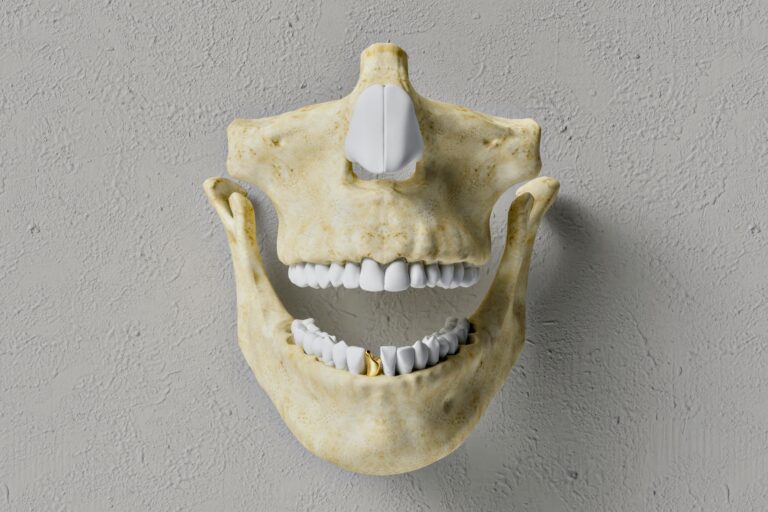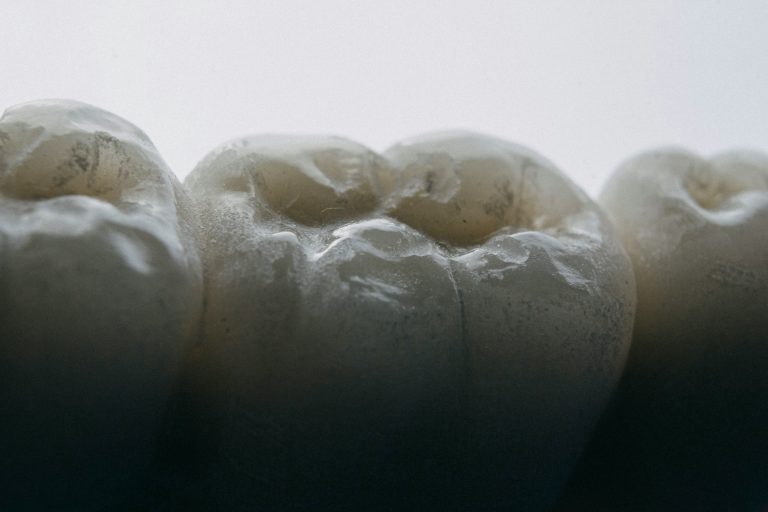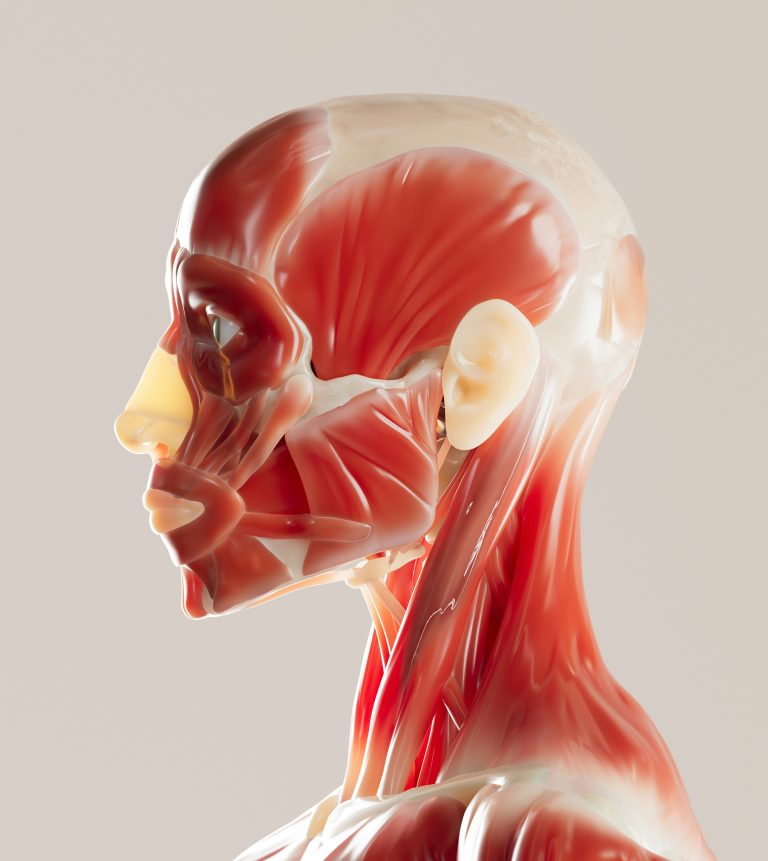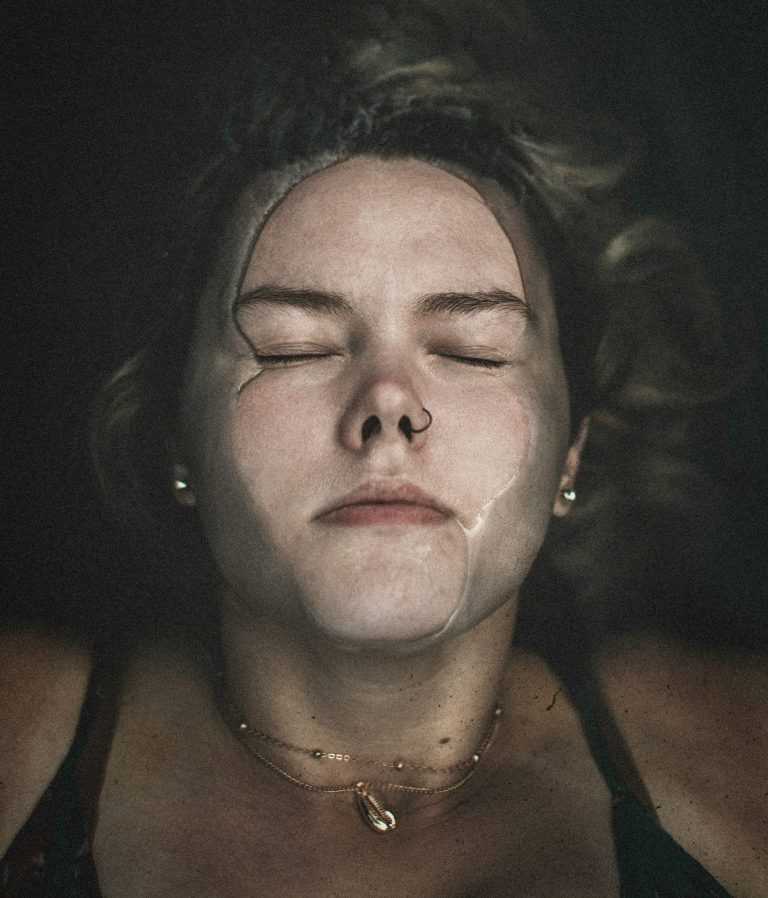La jaw surgery (or maxillofacial surgery) is sometimes necessary to correct functional or aesthetic problems, such as jaw misalignment, chronic pain, fractures or the after-effects of complex orthodontic treatment. Accompanied by re-education of the jaw, surgery can improve the patient's health and comfort, but it often entails a delicate recovery period, with pain, stiffness and sometimes loss of mobility.
In this context, the maxillofacial physiotherapy plays an essential role in rehabilitating the jaw. It accompanies healing and promotes faster, more complete recovery after an injury. jaw surgery.
Why is jaw rehabilitation essential after surgery?
A jaw surgery can have several immediate consequences:
- Muscle pain and tension in the face, jaw and neck.
- Swelling (oedema) making it difficult to chew or speak.
- Limited mouth opening and loss of joint mobility.
- Difficulty swallowing and sometimes breathing.
Without appropriate treatment, these symptoms may persist and delay recovery. Rehabilitation guided by a physiotherapist specialising in maxillo-facial surgery allows these complications to be avoided and normal jaw function to be restored more quickly.
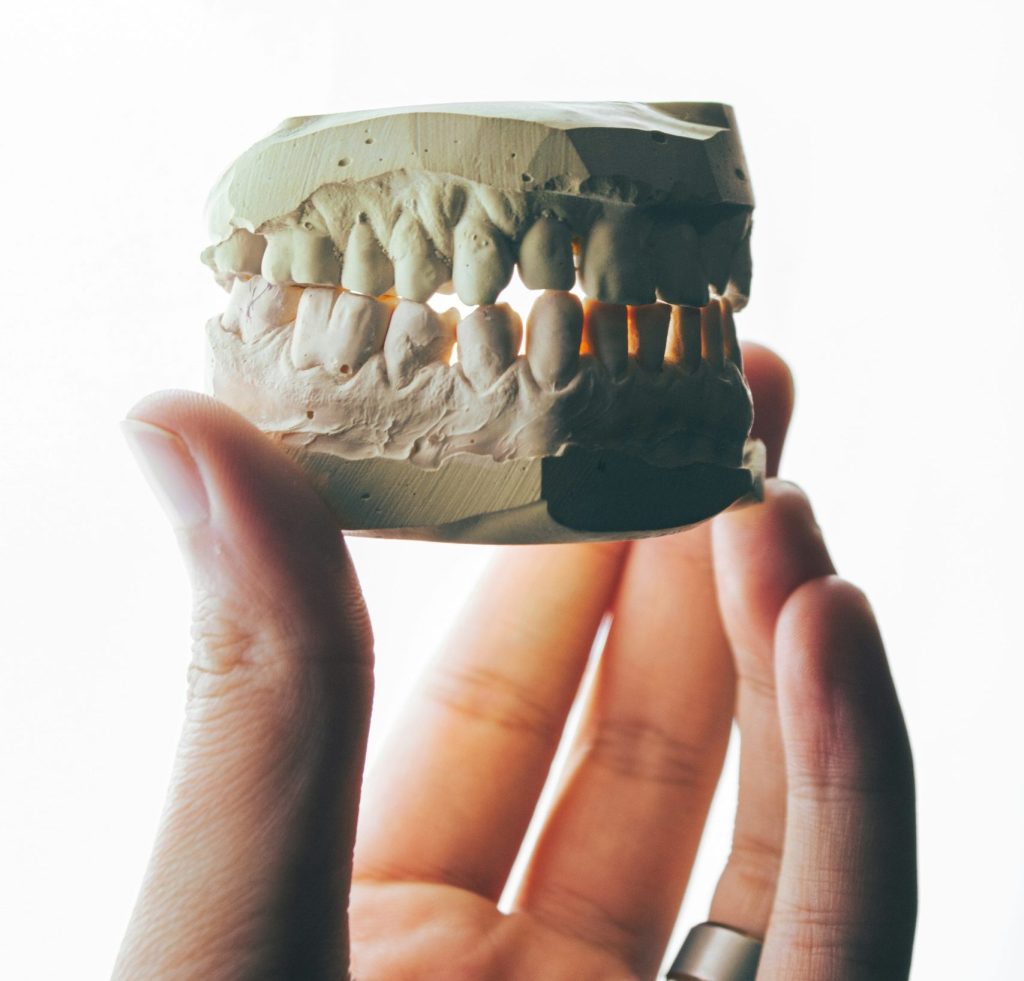
5 benefits of physiotherapy after jaw surgery
La maxillofacial physiotherapy acts on several levels to optimise recovery:
1. Relieving pain and tension
Using gentle manual techniques, the physiotherapist reduces the muscular and nervous tension that appears after the operation. This reduces pain and improves patient comfort from the very first sessions.
2. Improved joint mobility
After a jaw surgeryIn some cases, it is common to feel a stiffness that limits the opening and closing of the mouth. Physiotherapy helps to gradually restore this mobility through targeted exercises.
3. Reduced oedema and optimised healing
Rehabilitation encourages blood and lymph circulation, which speeds up the absorption of swelling and improves tissue healing.
4. Recovery of essential functions
Mastication, swallowing and sometimes phonation may be impaired after surgery. Specific exercises for maxillofacial physiotherapy help to re-educate these functions, which are essential to everyday life.
5. Prevention of long-term sequelae
Appropriate follow-up reduces the risk of chronic after-effects, such as persistent pain, TMJ blockage or functional problems.
How does maxillofacial rehabilitation work?
Each programme is tailored to the type of jaw surgery and the patient's needs. In general, a session includes :
- A full assessment of mobility and pain.
- Manual techniques to loosen muscles and mobilise the joint.
- Guided exercises to retrain the jaw to open and close and regain normal function.
- Practical advice on how to continue rehabilitation at home and optimise recovery.
The frequency and length of follow-up vary, but most patients experience a gradual improvement after just a few sessions.

A human and specialised approach
Maxillofacial rehabilitation requires specific expertise. Our physiotherapists specialising in jaw surgery combine precise technical skills with attentive listening. The aim is not only to restore mobility, but also to support the patient's overall recovery, taking into account their comfort, needs and quality of life.
In conclusion
La jaw surgery is an important stage that requires appropriate support to ensure a full recovery. Visit maxillofacial physiotherapy is a cornerstone of this rehabilitation, helping to relieve pain, improve mobility and quickly restore essential everyday functions.
By working with a specialist physiotherapist, you can optimise your chances of recovery and prevent any long-term after-effects.

